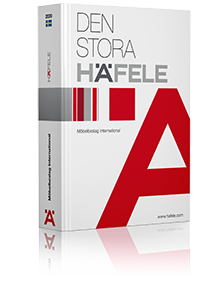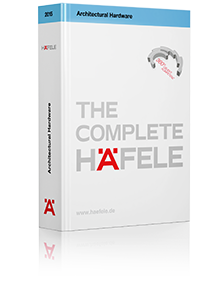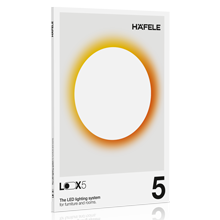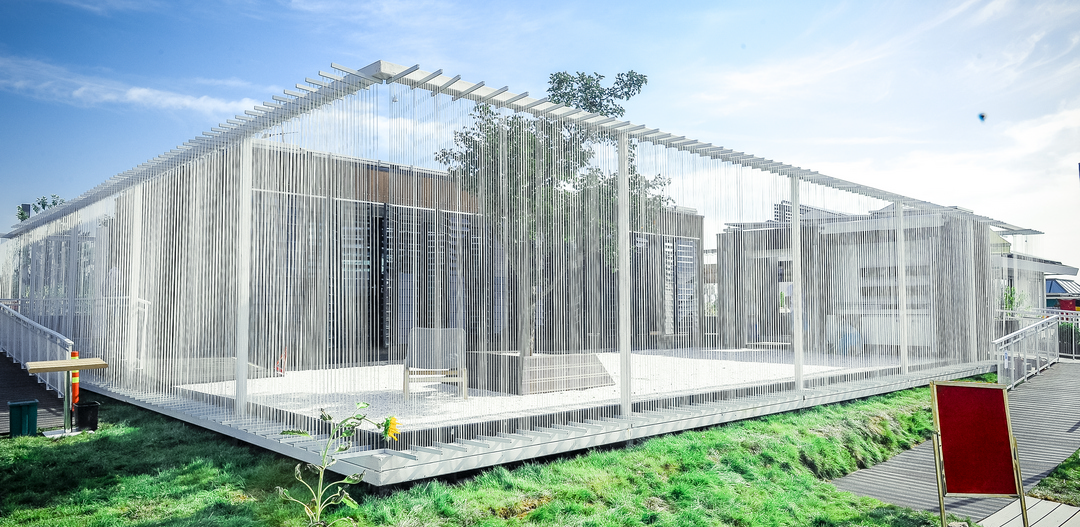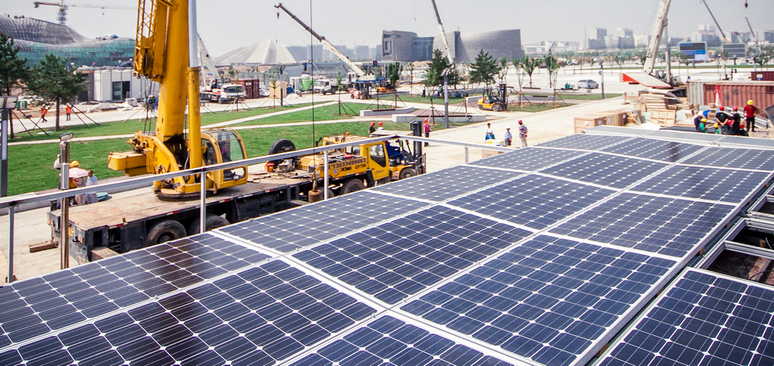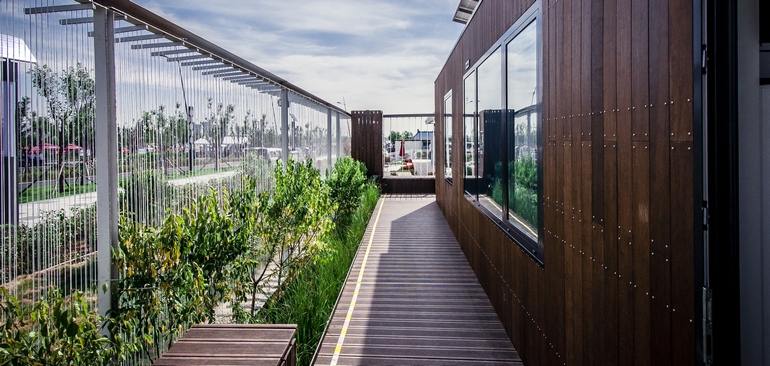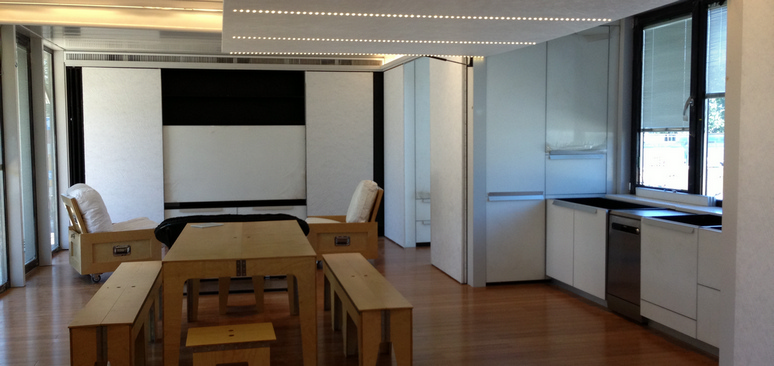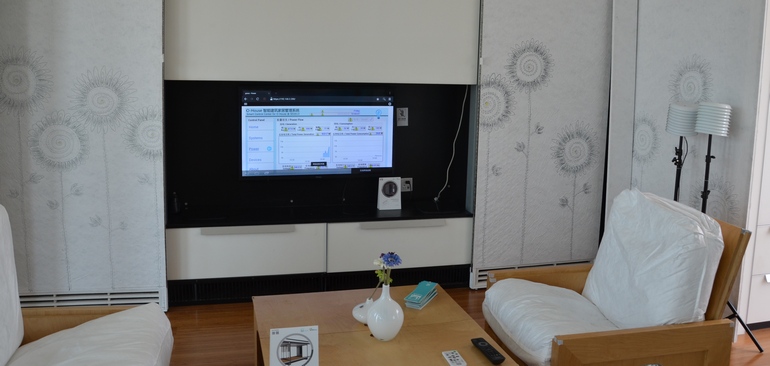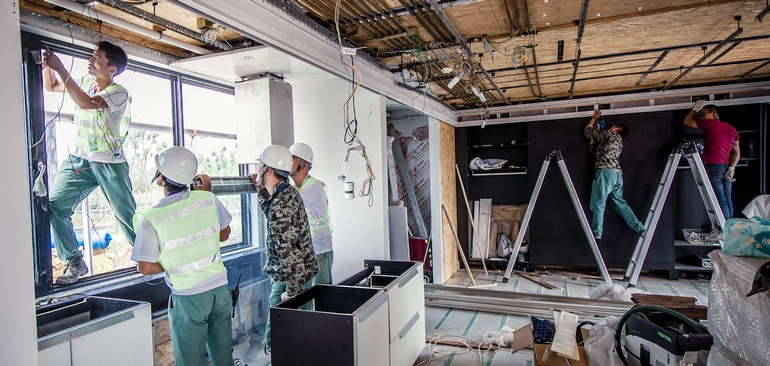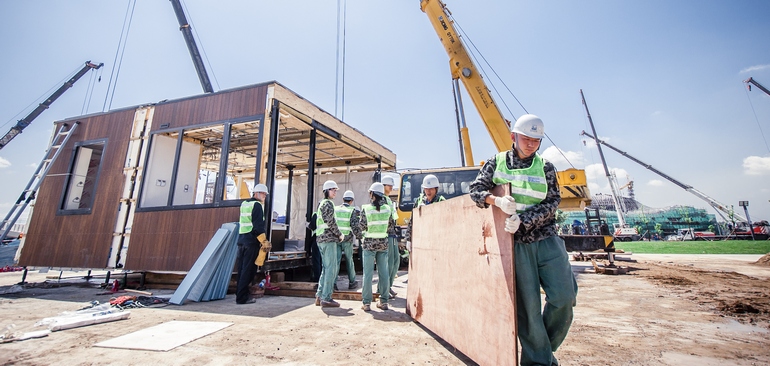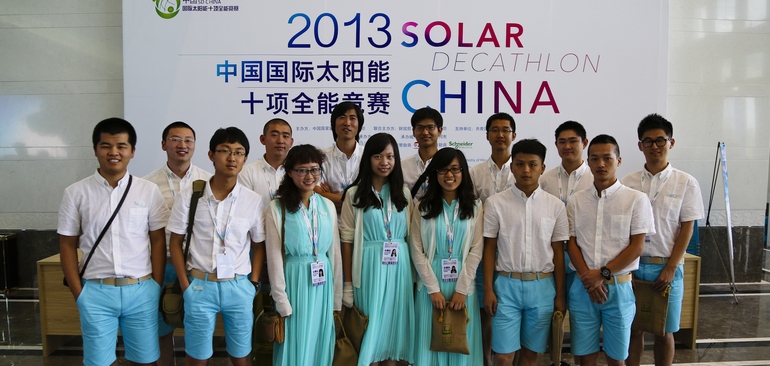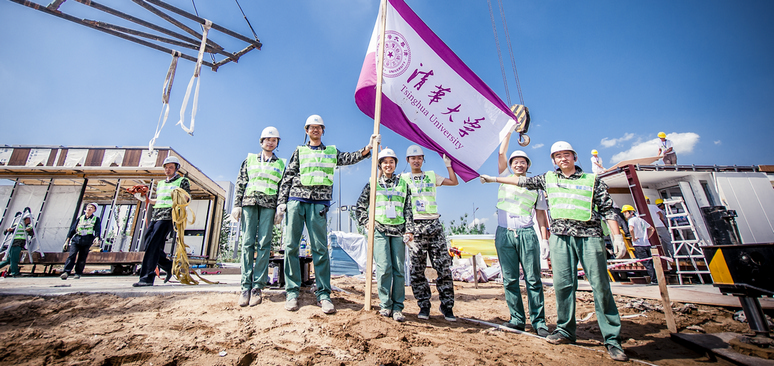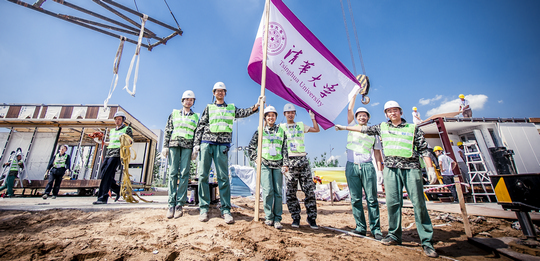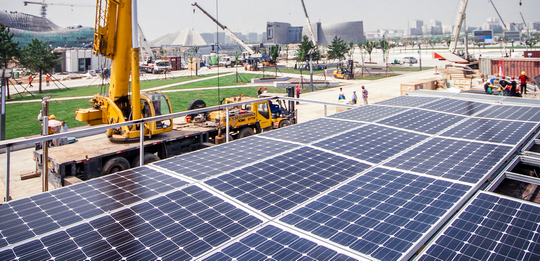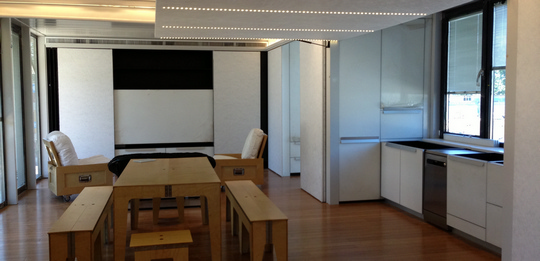The home of the future is energy efficient and affordable.
Independent, flexible and affordable: the home of the future supplies itself with the energy that it needs and maximum comfort in a small space. Students from all over the world turn this idea into reality at the Solar Decathlon. Every two years, the US Department of Energy hosts the Solar Decathlon, in which 20 teams take part.
The Solar Decathlon team.
Self-Sufficient: O-House produces its own electricity
In 2013, the international competition took place in China for the first time. In Datong, which lies approximately 300 kilometres west of Beijing, an impressive show home was created for the house of the future. China was represents by the prestigious Tsinghua University, whose students were supported by Häfele Hardware Technology China in the implementation of their architecture projects. Together with Florida International University, the uni team from Beijing designed a home which was christened the O-House. In accordance with the principle of the competition, the O-House can cover all of its energy requirements using self-produced solar power.
But the house is not just expected to be energy-efficient – clever solutions that make a lot out of very little are also required with regard to costs and use of living space. The O-House provides space for living, eating, cooking, sleeping, bathing and building systems in just 80 square metres. With a modular design, the layout is easy to change to suit the individual needs of the residents.
O-House produces its own electricity.
Clever storage space solutions create space
The inventors of the O-house created considerable comfort in an extremely small space with well-thought-out storage space solutions. The principle: that which isn't required at the moment makes room for things that are. For example, the dining chairs are folded up with a manual operation and put out of the way. If the double bed is needed, it is simply folded out of the wall unit.
It was a while before the students could present their O-House to the scrutinising gaze of the judges. The 70-man team spent two years on intensive research, planning and construction. The Chinese-American team was actively supported by Häfele Hardware Technology China when doing this. The specialists for multifunctional living helped the students in word and deed, providing valuable tips for living space design and accompanying the implementation. At the end, the team achieved fifth place at the Solar Decathlon 2013. Since then, Tsinghua University has used the O-House for teaching and research to bring on energy-efficient construction and convenient living in small homes in China.
Clever storage space solutions create space in the O-House.

